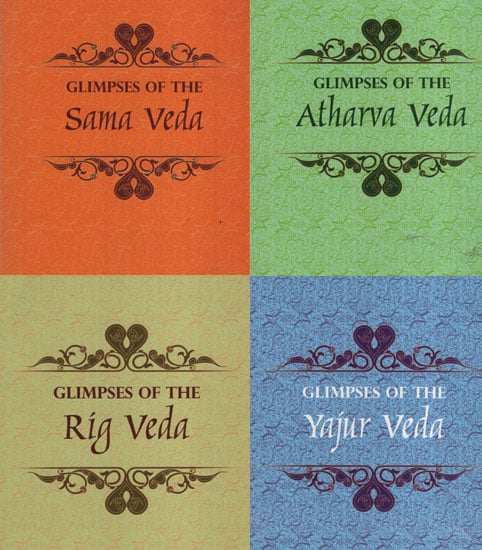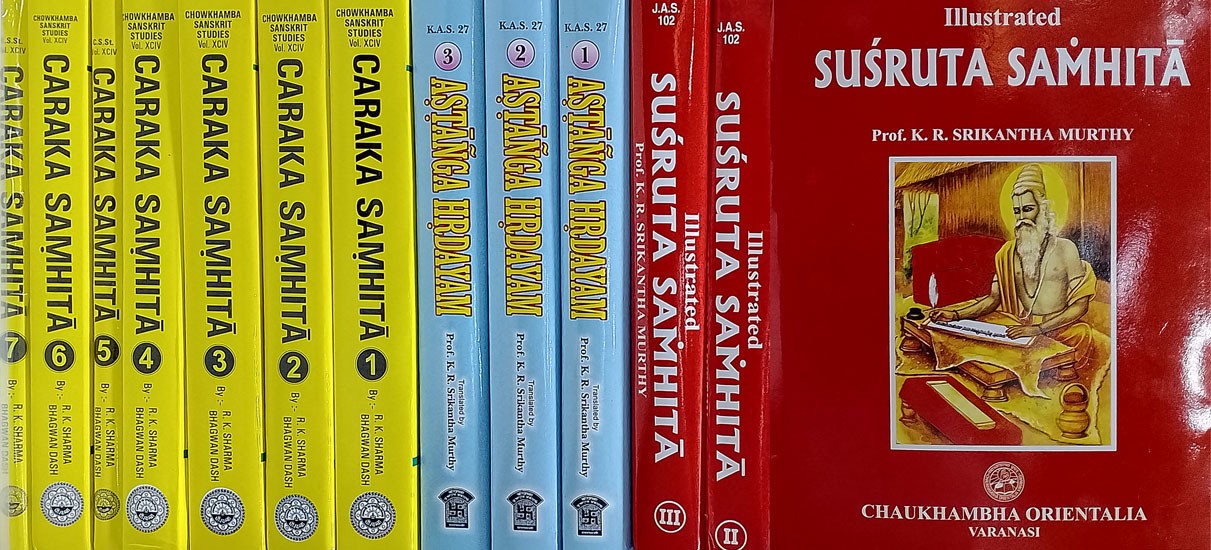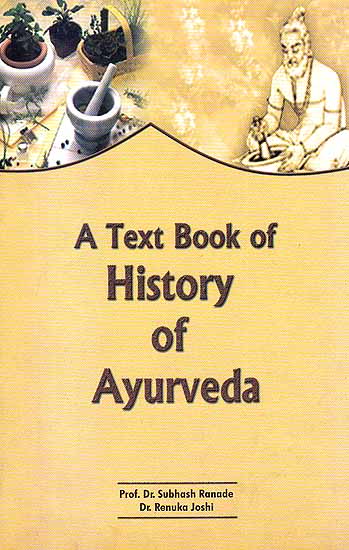Understanding the Roots of Ayurveda: Exploring the Ancient Texts
There were rishis, or seers as we now call them, thousands
of years ago. They lived in ancient India and strived to explore the depths of
human health and physiology through disciplined practices of meditation and
spiritual life. They closely studied how life functioned and then formed
Ayurveda, a complex and comprehensive system of medicine and wisdom. For a
thousand years, the intricacies of this system were passed down orally from
teacher to student until being written down in what are now some of the world's
oldest known scriptures, the four Vedas: Rig Veda (1500-1200 BC), Yajur Veda,
Sama Veda, and Atharva Veda (1200-1000 BCE).
Since everything we watch, eat, drink, breathe, think about, and put on our bodies is thought to have an impact on us according to Ayurveda, as many of you are undoubtedly already familiar with, the Vedas addressed every aspect of human life. There are sections on politics, health and medical procedures, astrology, spirituality, art, and human behavior. The Vedas are texts that were originally composed in Sanskrit, an ancient and melodic language of India, and which date back about 5000 years to a time when humanity was deeply connected to the universe and to the holy spirit both inside and around us. Ayur(life) Veda (science), the science of life and the world's oldest system of medicine was created and discovered as a result of this completely comprehensive perspective on life and health.
The practical magic of Ayurveda was subsequently found by
other civilizations. By the year 700 AD, Chinese doctors started traveling to
India to study at Ayurvedic institutions after the Ayurvedic texts had been
translated into Chinese in the year 400 AD. As a result, Ayurveda had a
significant impact on TCM (Traditional Chinese Medicine), as well as the Greek
and Roman systems of medicine.
The Classical Texts
The first Ayurvedic medical texts date from
the eighth century BCE and contain information on the development of Ayurveda
as well as instructions on how to perform surgeries and use herbal remedies.
The three ancient writings known as the Brhattrayi are the Charak Samhita,
Sushurta Samhita, and Ashtanga Hridaya. These books cover the fundamental concepts
of Ayurveda.
The 8400 verses of the Charak Samhita are composed in prose. Because of the four authors who are known to have contributed to this compendium—Charaka, Punarvasu Atreya, his disciple Agnivesha, and Dridhabala—who is reported to have rewrote and added new sections to it, it is believed to have been written before 500 CE (American Physiological Society, 2012). This Samhita, known as Kayachikitsa, covers medical theory and practice with a focus on internal medicine.
A definition of Ayurveda, marma points, complex eye treatments, skin grafting, reconstructive surgery, and renal stone removal are just a few of the topics covered in the Sushurta Samhita, which was composed between 400 and 700 BCE. It is understandable why even in modern medicine Sushruta is regarded as the father of surgery. Shalya Tantra is the Sanskrit name for clinical surgery. Other people who contributed to this outstanding effort are Nagarjuna and Chandrata.
Vagbhata, a man, wrote the Ashtanga Hridaya
between 400 and 600 CE. More specifically, it describes the many Ayurvedic
aspects of the Charaka Samhita and Sushurta Samhita.
Ayurvedic practitioners and doctors continue to use all three of these books as part of their studies. They serve as the fundamental pillars of modern-day Ayurveda.
Ayurveda In Today's World
Ayurveda has undoubtedly left
its mark on the modern world. It is rapidly becoming a popular and socially
acceptable method of treating disease and illness. As the medications and harsh
therapies imposed on us by Western medicine and huge pharmaceutical firms fail
to work and have unwanted side effects, we have been encouraged to rely on
other natural methods such as Ayurveda.
Some criticize Ayurveda since
it has remained substantially unchanged over the previous thousand years.
However, various commentators have added their own in-depth assessments to the
ancient texts, and the amount of success that modern-day Ayurvedic
practitioners and doctors have had in healing their patients proves its
efficiency. Not to mention the numerous things discussed in Ayurveda hundreds
of years before the Western world discovered them, such as blood circulation
and accurate anatomy.
The concepts that drive
Ayurveda are ageless. The specific methods of therapy will differ from patient
to patient depending on their individual requirements and the herbs available,
but the basic and essential concepts of how to heal will remain the same: like
attracts like, and opposite brings balance.
Another criticism leveled
towards Ayurveda is the lack of early records of studies and experiments in
anatomy, physiology, pathology, and pharmacology, in contrast to contemporary
medicine.
Why Is Ayurveda's History Important?
However the origins of Ayurveda, it seems that the rishis who introduced it into the world did so out of compassion for humanity and a desire to alleviate its suffering. Wherever, whenever, and however Ayurveda originated, it is a beneficial system created to nourish our bodies, minds, and souls from the toes up. While being fully present in the present moment is more essential than knowing the history of Ayurveda, it is crucial to understand its origins.






Comments
Post a Comment